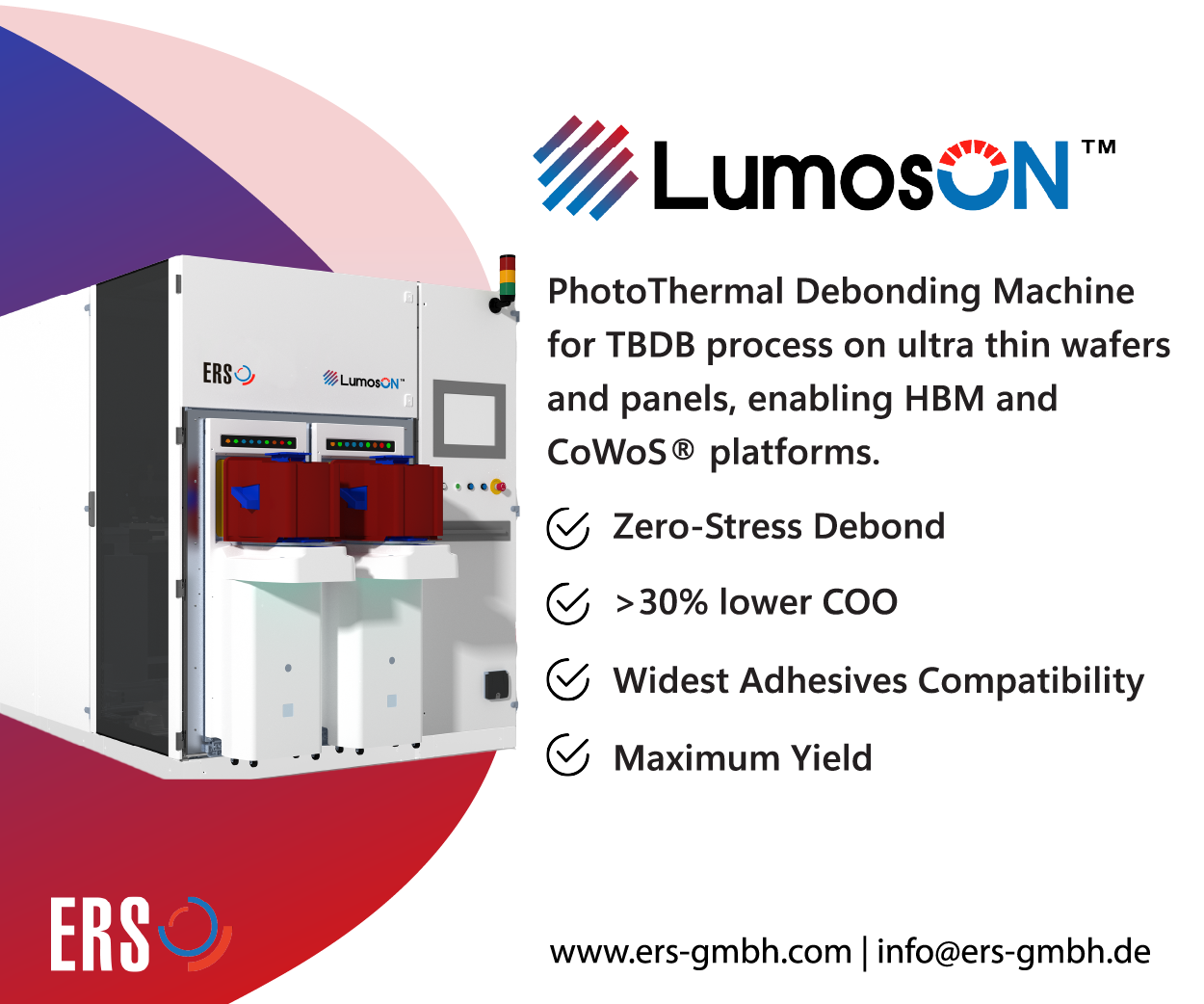2015 was a year marked by through silicon via (TSV) productization for three memory applications and a push for more MEMS and sensor technologies, as connectivity goes beyond computer-to-computer to thing-to-thing. For aveni, 2015 brought a new name, and leaps forward in commercializing our wet, molecular buildup process that provides a cost-effective alternative to conventional and costly metallization technology processes like ionized physical vapor deposition (iPVD) and atomic layer deposition (ALD) for TSV barrier and seed steps.
For 2016, we see three major trends that will impact the industry and also open the doors wider for aveni technologies: MEMS/IC integration using TSVs; 3D integration with or without interposers; and the emergence of next-generation image sensors.
Advanced processes using TSVs to integrate MEMS and ICs began with gyroscopes, and are now being targeted toward consumer electronics. aveni’s processes enable manufacturers to move forward with cost-effective MEMS and sensor manufacturing and integration.
The second market-driving TSV adoption is 3D packaging, where there is a clear trend toward integrating chips, whether through an Si interposer, or wafer-to-wafer bonding of memory stacks using high aspect ratio TSVs with Cu seed and fill. AMD’s introduction of its GPU with eight high-bandwidth memory stacks on an interposer is a testament to that. The goal is to bring computing as close to the memory as possible, while still managing heat.
Image sensors are also driving TSV adoption and are a clear market opportunity for our technology. In this application, reducing pitch and increasing aspect ratios of TSVs is needed, and aveni processes are the only ones available that can metallize aspect ratios of 10:1 or higher to meet these requirements.
All these trends are pointing directly to aveni’s advanced technology. In 2016, we can confidently say that aveni’s time has come.
It has often been said that the semiconductor industry is slow to adopt new processes. In fact, it usually takes until there is simply no other way to achieve the desired results. This sentiment has been applied to TSVs in general, and specifically to aveni’s processes. This is despite the fact that our processes can be performed on industry-standard equipment, and, by nature of the buildup process (electrografting), can conformally metallize virtually any surface, regardless of how fine the feature sizes are.
The industry has finally reached that roadblock where metallizing 8 x 100μm TSVs is not possible using standard approaches unless high capital investments are made in iPVD or ALD tools and processes. At EPTC 2015, CEA- Leti demonstrated successful metallization of 8 x 100μm TSVs using aveni processes on standard tool sets, something that could not be done with conventional processes.
In terms of adoption, we are gaining traction as more people become aware of our capabilities. Our session at MEMS Executive Congress 2015 was well-received, and we have since entertained inquiries from companies doing 10:1 aspect ratio TSVs. We can remove the roadblocks, and have demonstrated our processes on their structures. We plan to do more outreach in this manner, selecting conferences to showcase aveni technology to build awareness that it extends design capabilities in the MEMS and packaging worlds.
In 2016, we expect to become the process of record at several key MEMS foundries when we engage in metallizing TSV structures. We plan to fully integrate aveni processes at some advanced packaging customer sites. Additionally, we are engaging with equipment suppliers to select partners who want to work with us, as the aveni seed step can be run on any plating tool. In the coming year, we will see qualification of aveni products, with the goal of full production by 2017. ~ B. Morel





















